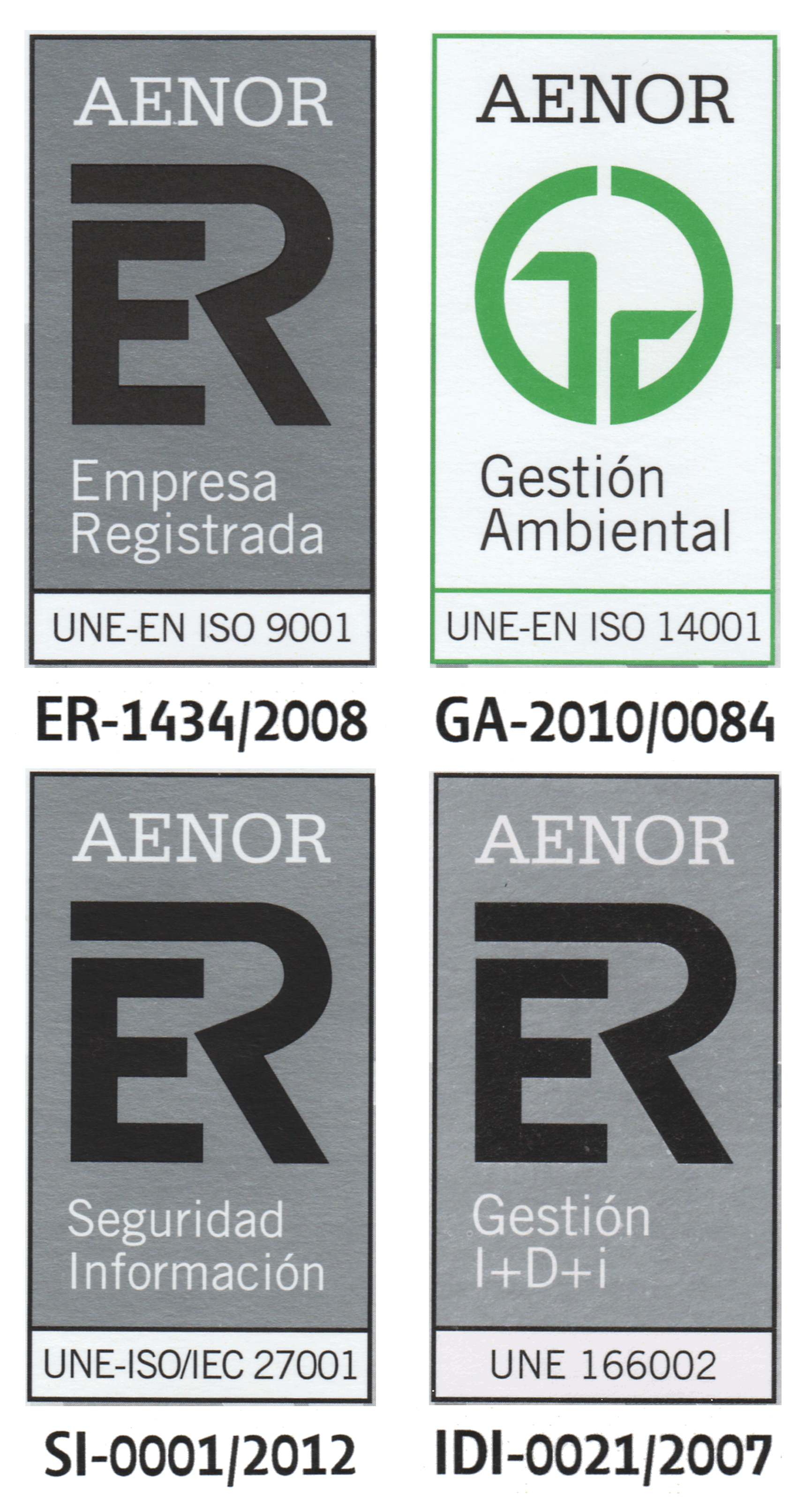We investigate computing models that are presented as families of finite
computing devices with a uniformity condition on the entire family. Examples include
circuits, membrane systems, DNA computers, cellular automata, tile assembly systems,
and so on. However, in this list there are actually two distinct kinds of uniformity condi-
tions.
The first is the most common and well-understood, where each input length is mapped
to a single computing device that computes on the finite set of inputs of that length. The
second, called semi-uniformity, is where each input is mapped to a computing device for
that input. The former notion is well-known and used in circuit complexity, while the
latter notion is frequently found in literature on nature-inspired computing models, from
the past 20 years or so.
Are these two notions distinct or not? For many models it has been found that these
notion are in fact the same, in the sense that the choice of uniformity or semi-uniformity
leads to characterisations of the same complexity classes. Here, we buck this trend and
show that these notions are actually distinct: we give classes of uniform membrane sys-
tems that are strictly weaker than their semi-uniform counterparts. This solves a known
open problem in the theory of membrane systems.
| 


